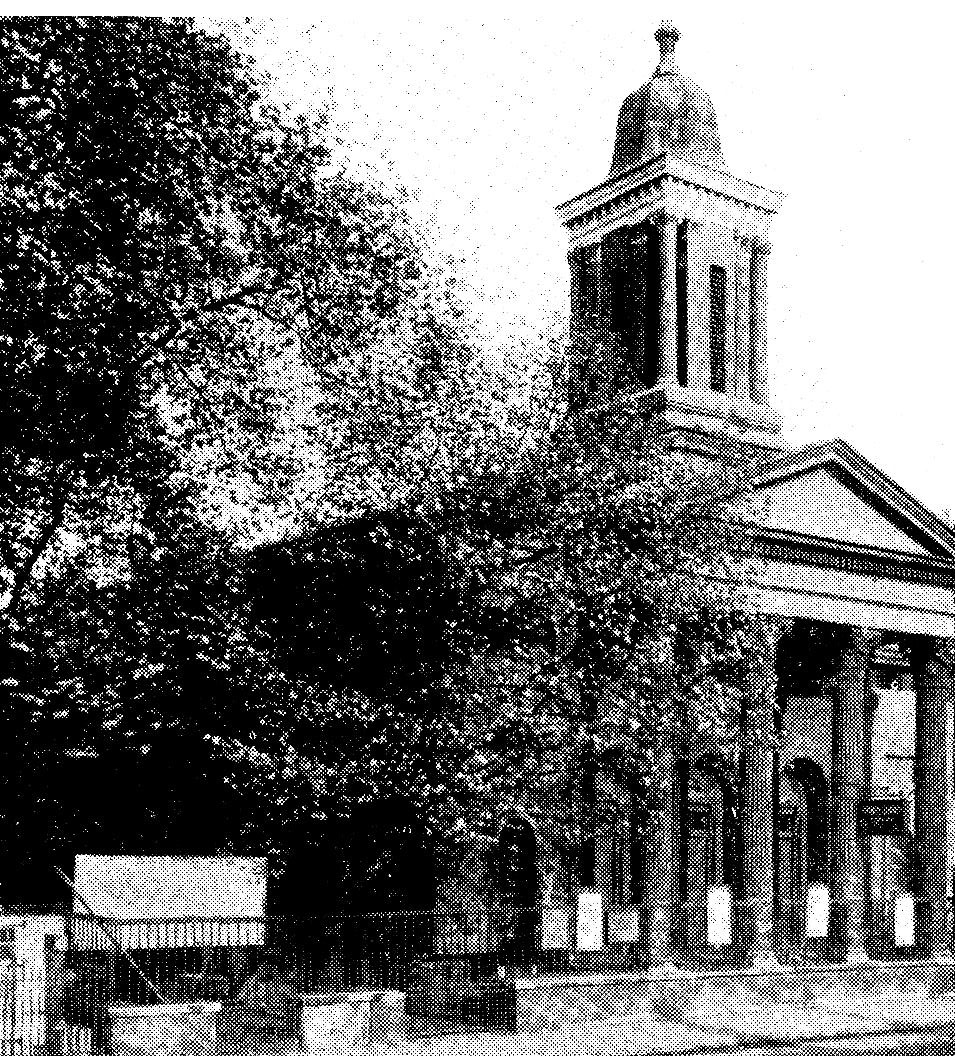- Trinity Independent Chapel
Infobox church
name = Trinity Independent Chapel
fullname =
color =

imagesize =
caption = Trinity Chapel 1841-1944
landscape =
denomination =Methodist , earlierCongregationalist
diocese =
parish =
division =
subdivision =
founded_date =
founder =
architect =William Hosking and John Jay
style =
constructed_date =
dedicated_date =
closed_date =
demolished_date =
bishop =
priest =
archdeacon =
dean =
provost =
rector =
canon =
prebendary =
curate =
chaplain =
vicar =
deacon =
abbot =
minister =
seniorpastor =
pastor =
address =London Borough of Tower Hamlets
country =United Kingdom
phone =
website = Now a little used Methodist chapel, the original Trinity Independent (Congregational) Chapel was designed in 1840-41 byWilliam Hosking FSA, at Poplar, in theLondon Borough of Tower Hamlets , and built by John Jay.With its large and elegant classical frontage in a combination of Grecian and Italian Renaissance styles, positioned to directly front onto the main East India Dock Road, this highly expensive
chapel building came to dominate its East London streetscene at a time when chapel architecture in the East End elsewhere was generally low-key.The bold design, was financed by the philanthropic shipyard owner George Green, a prominent local Congregationalist with non-denominational sympathies. Green was a contributor to many local causes in Poplar and Blackwall, wholly financing the former Sailor's Home, later Board of Trade offices at 133 East India Dock Road. This building still stand today only a block away from Trinity Church, beyond the Wesleyan Methodist 'Queen Victoria Seaman's Rest'. He also endowed 'George Green's School' (1828), which was rebuilt as the George Green Centre at Island Gardens, Tower Hamlets in 1974-8.
The first Congregational minister at Trinity Chapel was the Rev. George Smith (1803-1870), Secretary of the Congregational Union of England and Wales. His pink granite pedestal memorial can be seen today at the Congregationalists' non-denominational
Abney Park Cemetery inStoke Newington .Unfortunately, being located in the heart of industrial and commercial land-uses in the East End of London, Green and Hosking's magnificent chapel was destroyed in the bombing of East London in 1944. The chapel's replacement, on the same site at the corner of East India Dock Road and Augusta Street (Annabel Close) - the "New Trinity Congregational Church" or Trinity Congregational Church - formed part of the "Exhibition of Live Architecture" for the
Festival of Britain , 1951, at theLansbury Estate development. It was re-built somewhat experimentally in what as then considered a bold and very modern post-war style, using new materials such as concrete, and new building techniques.The only part of Hosking's original chapel to survive the wartime bombing was the bell. This was incorporated into the new Congregational church, having been recast and repaired following its salvage from the bombsite. A more fitting icon from the original chapel would have been hard to imagine, since the bell had always been the subject of great debate. When George Green and
William Hosking agreed to include a bell in the design for the magnificent independent chapel, they fell foul of the local Anglican clergy. No previous independent meeting house, known to the localities' authorities at that time, had incorporated a bell in its design. This may have been a unique design innovation, possibly the first example of a church bell being incorporated into an independent chapel. The local parish authorities instructed Green and Hosking to render ithe bell immobile to prevent it from competing with their parish church, by being rung ! Gradually, as chapel design came more and more to adopt Anglican church architecture (the two often being indistinguishable by the late Victorian era), the bell was allowed to be unfixed. It rang in the old chapel for the last time on the morning war was declared.References
* Dunnett, H. (1951). "1951 Exhibition of Architecture, Poplar". London:HMSO
Wikimedia Foundation. 2010.
